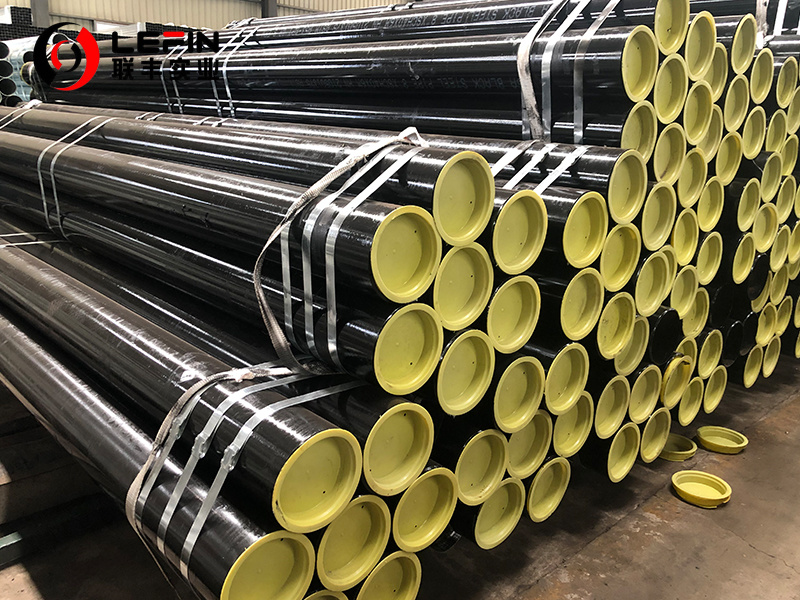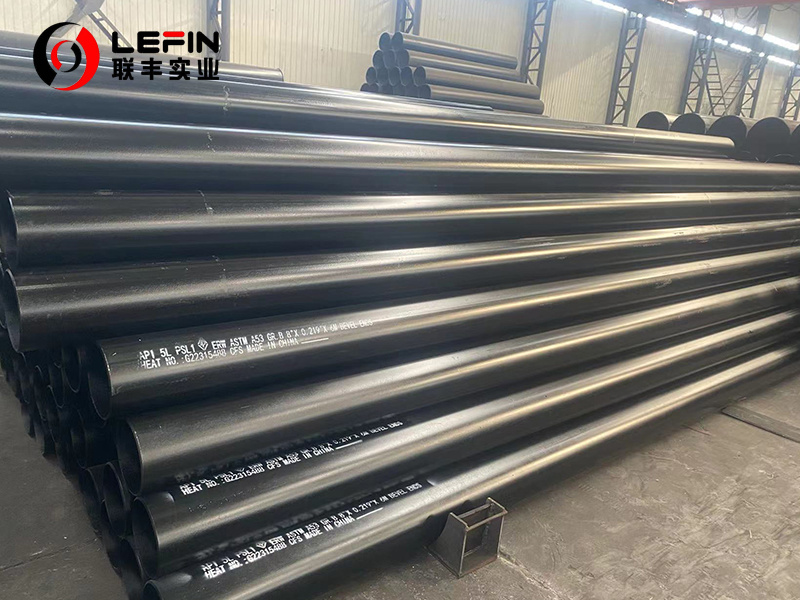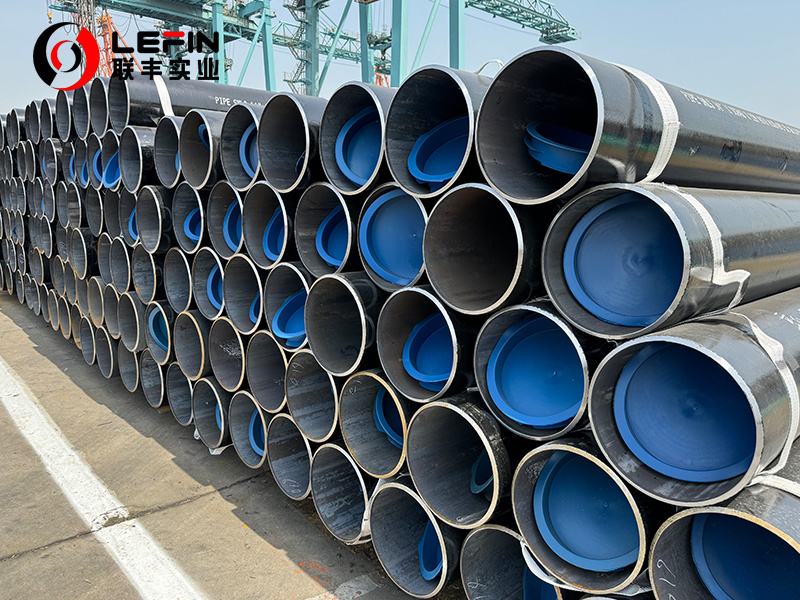THE DIFFERENCE BETWEEN API 5L PSL1 AND PSL2
Release time:
2025-08-15
PSL1 (Product Specification Level 1) and PSL2 (Product Specification Level 2) in the API 5L standard are two major quality grades of pipeline steel pipes, and there are significant differences between them in terms of technical requirements, application scenarios and costs. The following is the specific analysis and selection suggestions:
I. Comparison of core differences
1. Products Description
• PSL1:
The upper limit of carbon content is relatively high (for example, seamless steel pipes ≤0.28%), and the control of impurities such as sulfur and phosphorus is relatively loose. The chemical composition requirements are relatively loose, mainlymeeting the basic strength demands.
• PSL2:
The carbon content is strictly limited (≤0.24%), with even lower sulfur and phosphorus content. Fine-grained killed steel and microalloying technology are adopted to enhance corrosion resistance and toughness.
2. Mechanical property requirements
• PSL1:
Only the minimum values of yield strength and tensile strength are specified, without any limit on the yield-to-tensile ratio (yield strength/tensile strength), which may lead to insufficient toughness of the material.
• PSL2:
Limit the strength range (minimum and maximum values) and control the upper limit of the yield-to-tensile ratio (such as ≤0.85-0.88) to ensure that the material has both strength and ductility.
3. Inspection and testing standards
The drop weight tear test is not mandatory to verify the low-temperature fracture resistance
The hydrostatic test shall be conducted one by one and no non-destructive substitution is allowed
| Project | PSL1 | PSL2 |
| Impact test | no requirement | mandatory (longitudinal impact energy ≥41J at -20℃, ≥101J for X80 grade). |
| Non-destructive testing | It is not required to test each one individually | Perform ultrasonic testing on each individual component to ensure there are no internal defects. |
| Drop hammer tear test | no requirement | Force the implementation and verify the low-temperature anti-fracture capability |
| hydrostatic test | It is not required to test each one individually | Each one shall be processed separately,. |
4. Steel grade and applicable environment
• PSL1:
It supports up to X70 steel grade and is suitable for low-pressure, normal-temperature, non-corrosive media on land (such as ordinary crude oil transportation).
• PSL2:
Supports up to X120M steel grade, suitable for high-pressure, low-temperature and highly corrosive environments (such as deep-sea pipelines, acidic environments containing H₂S, polar gas transmission pipelines).

II. Applicable scenarios analysis
Typical scenarios of PSL1
• Conventional operating conditions: Low-pressure oil and gas transportation, non-corrosive media, and temperature-stable onshore pipelines.
Cost-sensitive projects: Limited initial budget and no need to deal with extreme environments.
Required scenarios for PSL2
1. High-risk environment
Deep sea, high-cold regions (requiring low-temperature impact toughness), acidic media (containing H₂S/CO₂).
2. High-voltage system
For pipelines with a gas transmission pressure of ≥10MPa, the materials are required to be fatigue-resistant and crack-resistant.
3. Long service life requirement:
The design life should exceed 30 years, and the full life cycle cost of PSL2 is lower (less maintenance and a lifespan extension of more than 1.5 times).

III. Selection decision guide
1. Safety vs. economy balance
Factor priority: PSL1, PSL2
Low environmental risk (land, normal temperature, non-corrosive) High environmental risk (deep sea, low temperature, acidic medium)
Pressure rating: <10 MPa; ≥10 MPa
The budget is strictly limited and the initial cost is acceptable to be 10% to 20% higher
The service life requirement is less than 20 years to more than 30 years
2. Key points to note
• Clearly indicate the grade:
When placing an order, it is necessary to specify PSL1 or PSL2 in the contract to avoid confusion of technical parameters.
• Material suffix identification:
PSL2 steel pipes should be marked with their service status (for example, "BNS" indicates normalizing + acid resistance, and "QO" indicates quenching + Marine environment).
• Industry trend:
With the increase in deep-sea/polar development, the proportion of PSL2 has risen, and the new version of API 5L (45th edition) has further strengthened its detection standards.

Summary
• Select PSL1: For conventional low-pressure, non-corrosive environments and projects with limited budgets.
• Select PSL2: High-risk scenarios with high pressure, low temperature, corrosive media or long service life requirements.
The essential difference between the two lies in the trade-off between safety redundancy and economy, which requires a comprehensive decision based on the actual risks of the project and the full life cycle cost.
Tags:
Previous
Relevant Project

Address: Hengtai Road,Daqiuzhuang Town,Jinghai County,Tianjin,China
Mob: +8615122229899(whatspp)
Phone: +86 22 58171905
Fax: +86 22 58171902
E-mail:info@lefinsteel.com
Get company updates

Tianjin Lefin Industrial Co.,Ltd. All rights reserved City sub-station SEO www.300.cn

